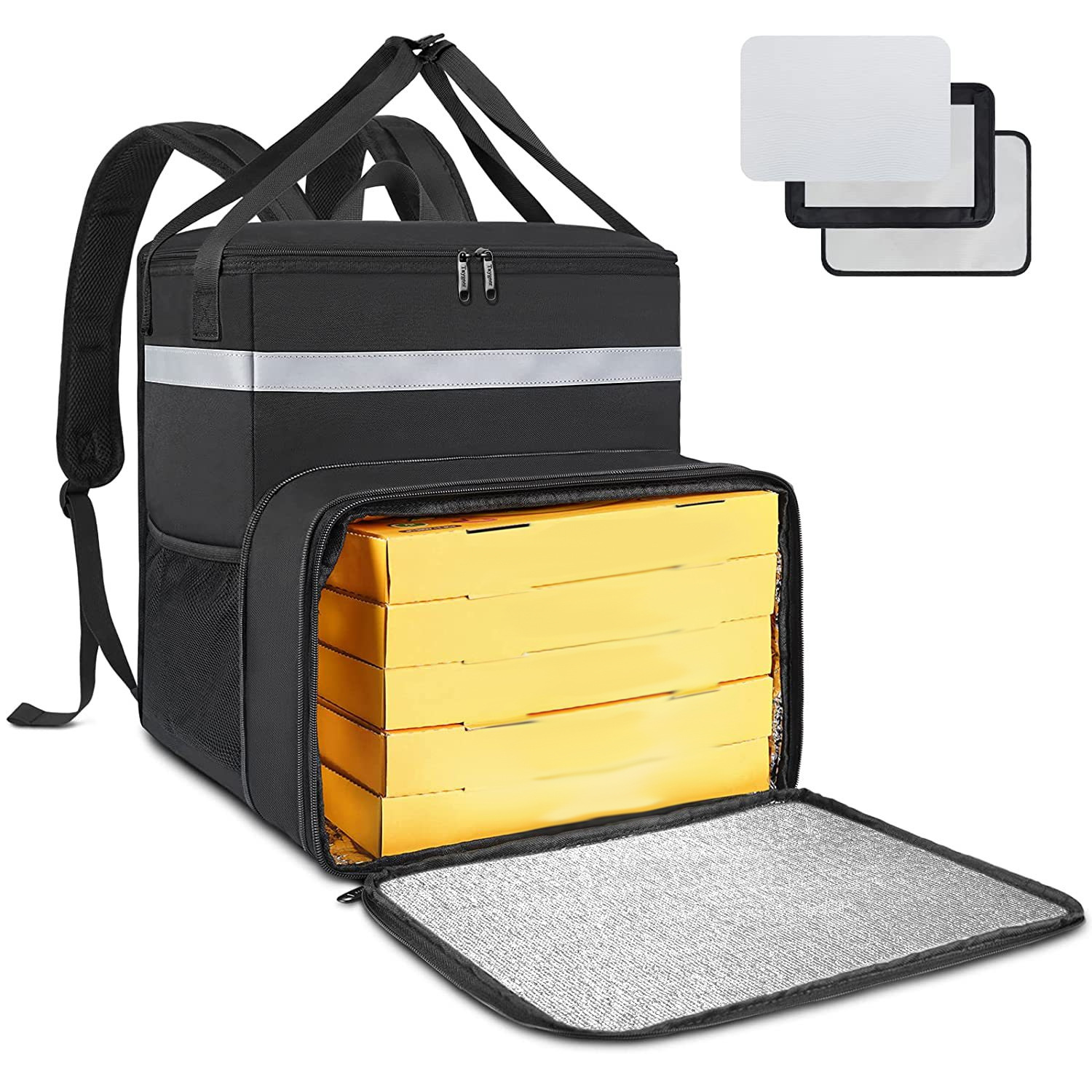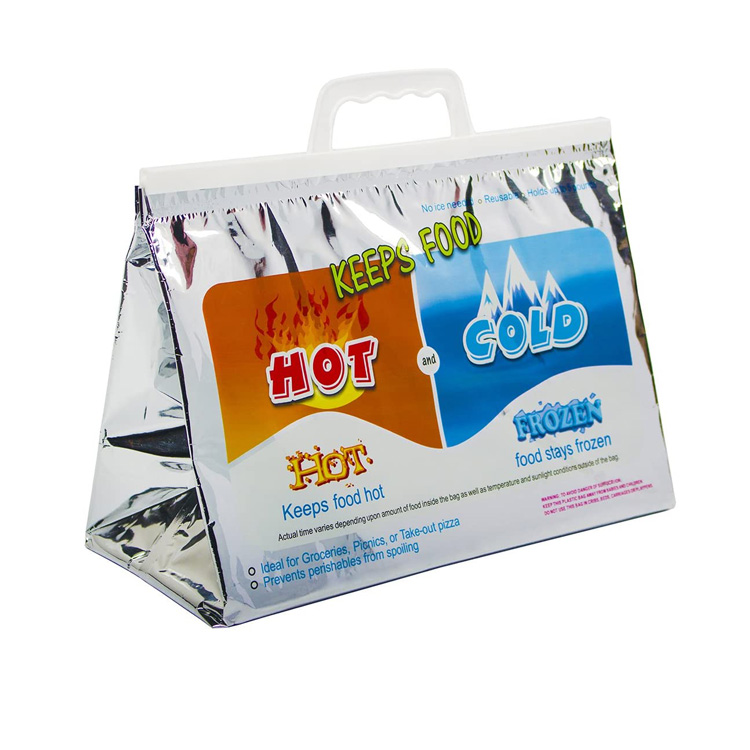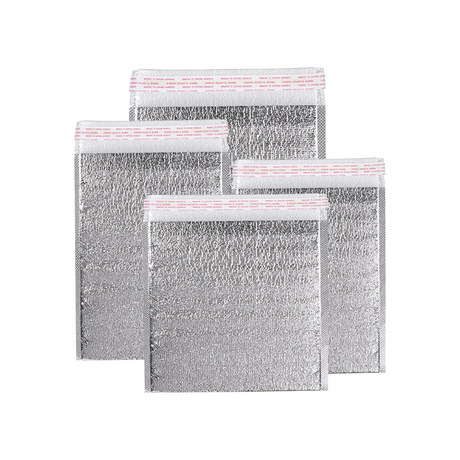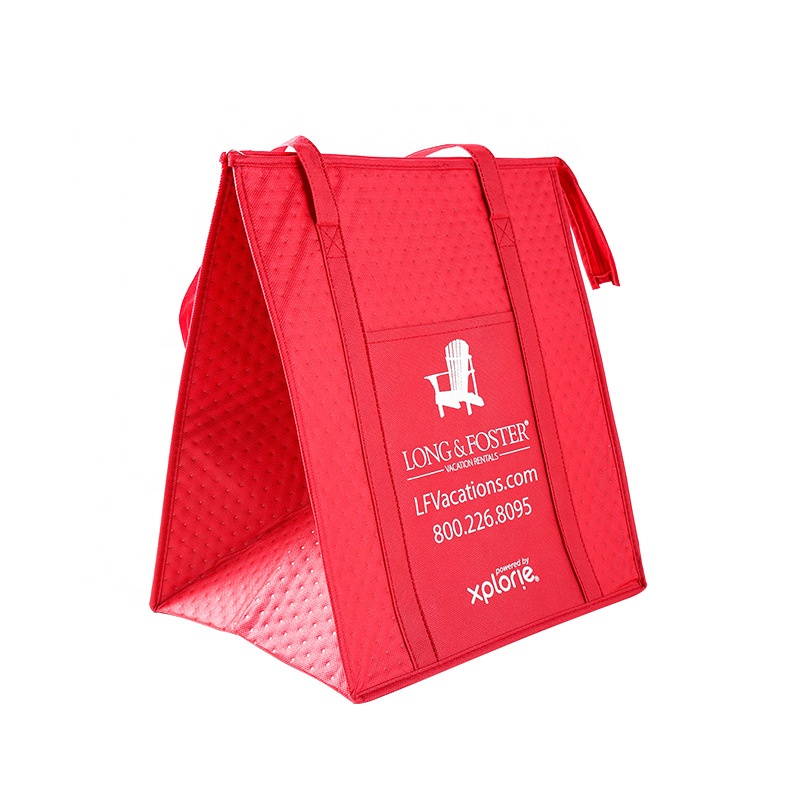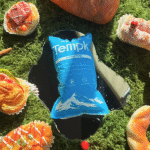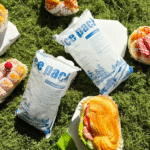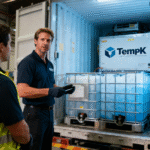تخيل عالما بدون حزم الجليد: اللقاحات تفقد فعاليتها أثناء العبور, المنتجات الطازجة المتعفنة في الطريق, ووصول مجموعات الوجبات فاترة. إن عبوات الثلج - سواء كانت تعتمد على الهلام أو الثلج الجاف - هي الأبطال المجهولون في مجال الخدمات اللوجستية العالمية, ضمان بصمت أن البضائع الحساسة لدرجة الحرارة تبقى على قيد الحياة خلال رحلاتها. لكن تكلفتها ليست مالية فقط; إنها بيئية, التشغيلية, وحتى التنظيمية. دعونا نكشف اقتصاديات عبوات الثلج وكيف تقوم شركات مثل Tempk بإعادة تعريف القيمة في هذه الصناعة الحيوية.
التكاليف الخفية لعبوات الثلج: أكثر من مجرد بطاقة سعر
عندما تقوم الشركات بتقييم عبوات الثلج, غالبًا ما يركزون على تكاليف الشراء المقدمة. لكن, تمتد التكلفة الحقيقية إلى أبعاد متعددة:
-
تكاليف المواد: الثلج الجاف التقليدي (CO₂ الصلبة) وتتقلب الأسعار بسبب متطلبات الإنتاج والعوامل الجيوسياسية. ما بعد الوباء, وتسببت اضطرابات سلسلة التوريد في ارتفاع الأسعار بنسبة 30-50% في بعض المناطق2.
-
النفقات العامة التشغيلية: يتطلب التعامل مع الثلج الجاف تدريبًا متخصصًا ومعدات أمان (على سبيل المثال, قفازات, نظارات), إضافة تكاليف العمالة2.
-
إدارة النفايات: تساهم عبوات الجل ذات الاستخدام الواحد في نفايات مدافن النفايات, بينما يؤدي التخلص غير المناسب من الثلج الجاف إلى إطلاق ثاني أكسيد الكربون, يتعارض مع أهداف الاستدامة12.
-
خسائر التسامي: يتسامى الثلج الجاف بمعدل 5-10 رطل لكل قطعة 24 ساعات, مما يجبر الشركات على تعبئة الشحنات في عبوات زائدة عن الحاجة لمراعاة التأخير، وهو ما يشكل حاجزًا مكلفًا2.
على سبيل المثال, قد تنفق شركة أدوية تقوم بشحن اللقاحات 500شهريا والثلج الجاف ولكن في كورانإضافية200 في التدريب و 150في رسوم النفايات.على مدار العام,تمت إضافة هذه "التكاليف الخفية" في وقت مبكر10,000.
عبوات الثلج الجاف من Tempk: خفض التكاليف دون أي تنازلات
تعالج Tempk هذه التحديات بمزيج من الابتكار والاستدامة:
-
تبريد يدوم لفترة أطول: استخدام مواد تغيير الطور (PCMS), عبوات الثلج الجاف من Tempk تتسامى 30% أبطأ من الخيارات التقليدية, تقليل الحاجة إلى التعبئة الزائدة. يتطلب الآن شحنة 72 ساعة 20% ثلج جاف أقل, توفير $1.50 لكل رطل2.
-
تصميم قابل لإعادة الاستخدام: على عكس العبوات ذات الاستخدام الواحد, حاويات Tempk المعيارية مصنوعة من 100% رغوة EPP المعاد تدويرها, خفض تكاليف الاستبدال بنسبة 40% أكثر من خمس سنوات1.
-
كفاءة تمكين إنترنت الأشياء: تقوم أجهزة الاستشعار المدمجة بمراقبة معدلات التسامي ودرجة الحرارة في الوقت الحقيقي, تنبيه الفرق لتجديد عبوات الثلج فقط عند الضرورة. وهذا يقلل من تكاليف إعادة التخزين في حالات الطوارئ بمقدار 25%1.
-
إنتاج الكربون المحايد: من خلال الحصول على ثاني أكسيد الكربون من المنتجات الثانوية الصناعية واستخدام المرافق التي تعمل بالطاقة الشمسية, Tempk يعوض الانبعاثات, مساعدة العملاء على تحقيق الأهداف البيئية والاجتماعية والحوكمة (ESG) دون أسعار متميزة12.
خلال 2023 حملة القضاء على شلل الأطفال في أفريقيا, لقد أنقذ حل Tempk العيادات $12,000 سنويًا عن طريق تقليل نفايات الجليد الجاف ونفقات التدريب، مما يثبت إمكانية التعايش بين الاستدامة وفعالية التكلفة.
المستقبل: أذكى, سلاسل باردة أكثر اخضرارا
مع تشديد اللوائح (على سبيل المثال, الاتحاد الأوروبي يحظر استخدام المواد البلاستيكية ذات الاستخدام الواحد) ويطالب المستهلكون بالخدمات اللوجستية الصديقة للبيئة, سوف تتوقف تكاليف عبوات الثلج بشكل متزايد على الاستدامة. تتضمن خريطة طريق Tempk:
-
PCMs المستندة إلى الحيوية: مشتقة من الزيوت النباتية, هذه المواد تتحلل بشكل طبيعي, إلغاء رسوم التصرف2.
-
التحليلات التنبؤية المعتمدة على الذكاء الاصطناعي: التنبؤ بمعدلات التسامي بناءً على بيانات الطقس والطريق لتحسين كميات عبوات الثلج1.
-
شراكات الاقتصاد الدائري: التعاون مع القائمين بإعادة التدوير لإعادة استخدام العبوات المستخدمة في الألواح العازلة, تحويل النفايات إلى إيرادات1.
خاتمة: القيمة تتجاوز الفاتورة
التكلفة الحقيقية لعبوات الثلج لا تقتصر فقط على ما هو مكتوب على الإيصال، بل على التأثير البيئي, عدم الكفاءة التشغيلية, والمخاطر التنظيمية. تثبت حلول الثلج الجاف من Tempk أن الاستثمار أكثر ذكاءً, التكنولوجيا الخضراء تؤتي ثمارها: انخفاض النفقات, عملاء أكثر سعادة, وكوكب أكثر صحة.
في المرة القادمة التي تفتح فيها شحنة مغطاة بالصقيع, يتذكر: وراء البرد يوجد توازن علمي محسوب بعناية, الاقتصاد, والاستدامة.








